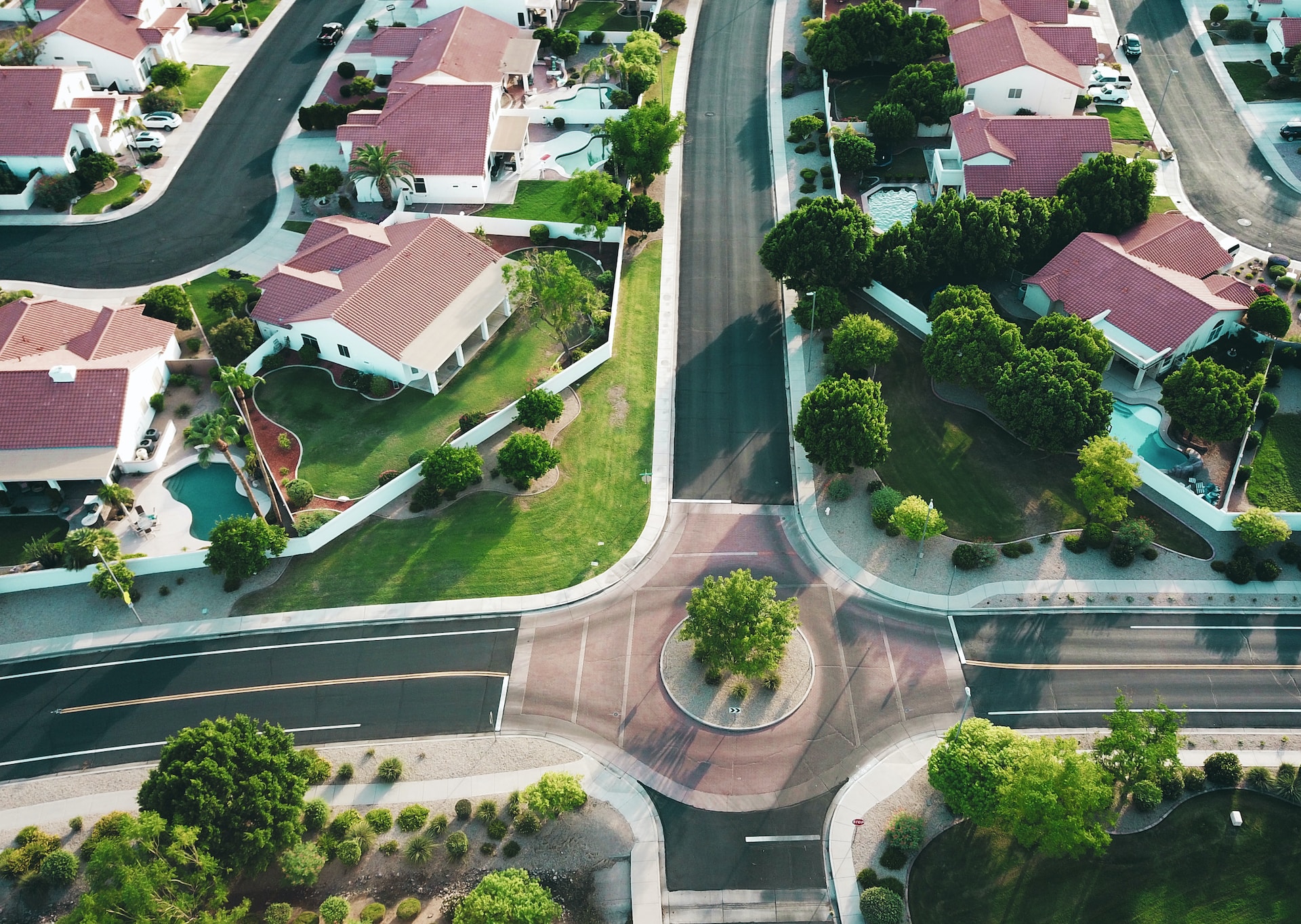The Three Stages of Real Estate Development
Real estate development is a complex and dynamic process. The steps and stages of this process can vary greatly depending on the size, scope, and type of development project. In reality, a full explanation of the many facets of the work including any likely variables would span a lengthy document or discussion. To simplify things, however, we can split the process into three parts. Real estate development ultimately involves planning, construction, and operation.

1. Real Estate Development Planning
The first stage of real estate development involves completing the research and due diligence necessary to ensure that the parties involved want to invest in the property. The stage either culminates in a closed purchase or abandonment of the project. Because of the many variables involved in making this decision, the planning stage for developers like Angelo Ingrassia can take a significant amount of time to complete. Basically, the experts are trying to decide the best use of the property and whether that use will be profitable.
Developers will need to survey the local market, interview stakeholders, and conduct environmental studies. Skilled estimators will develop budgets for both hard and soft costs. If the project seems feasible, the market seems ripe, and financing is acquired, a purchase may result. The final step of this phase is to secure the appropriate permits to begin construction.
2. Construction or Renovation
After securing permits, construction or renovation on the project may begin. This is the most expensive phase of the project and the one with very little margin for error, if everyone involved, wants to stay on schedule and within the budget. Real estate developers may contract out the entire process, or they may be the primary contractor on the job and hire subcontractors for specialized work. Either way, effective communication between all parties is key to ensuring the project stays on track.
If the developers plan to lease units such as apartments or retail spaces, the advertising team will begin to market the property during the construction phase. Ideally, developers would like to see a substantial amount of interest from potential renters before the project is complete. The owners may secure pre-leases during this stage and may also begin recruiting property management staff. After the property passes final safety inspections and receives the appropriate occupancy permits, this stage is complete.
3. Project Operation
The project operation stage is the last stage of real estate development, but it is the first stage of the property’s life. If developers plan to sell the property, marketing will continue until they secure a buyer. If developers plan to lease the property, the team will continue to seek individuals and businesses to rent space. Investors like to see at least 90% of the units leased in order to ensure that the income from those contracts will cover the operating costs of the property.
Some developers may choose to secure leases and then market the property for sale. As with every other stage of this process, the circumstances and strategies can vary greatly. However, the most important goal during this initial operating phase is to generate revenue and please investors.
Real estate development is a multi-faceted endeavor that can involve a great deal of risk as well as a substantial amount of revenue. By taking every variable into consideration during the planning phase, developers may achieve greater success during the construction and operation phases. If the construction phase goes smoothly, investors may see a return on their dollars quicker during the operation phase. No matter what the project, it will take thoughtful completion of all stages to achieve project success.


